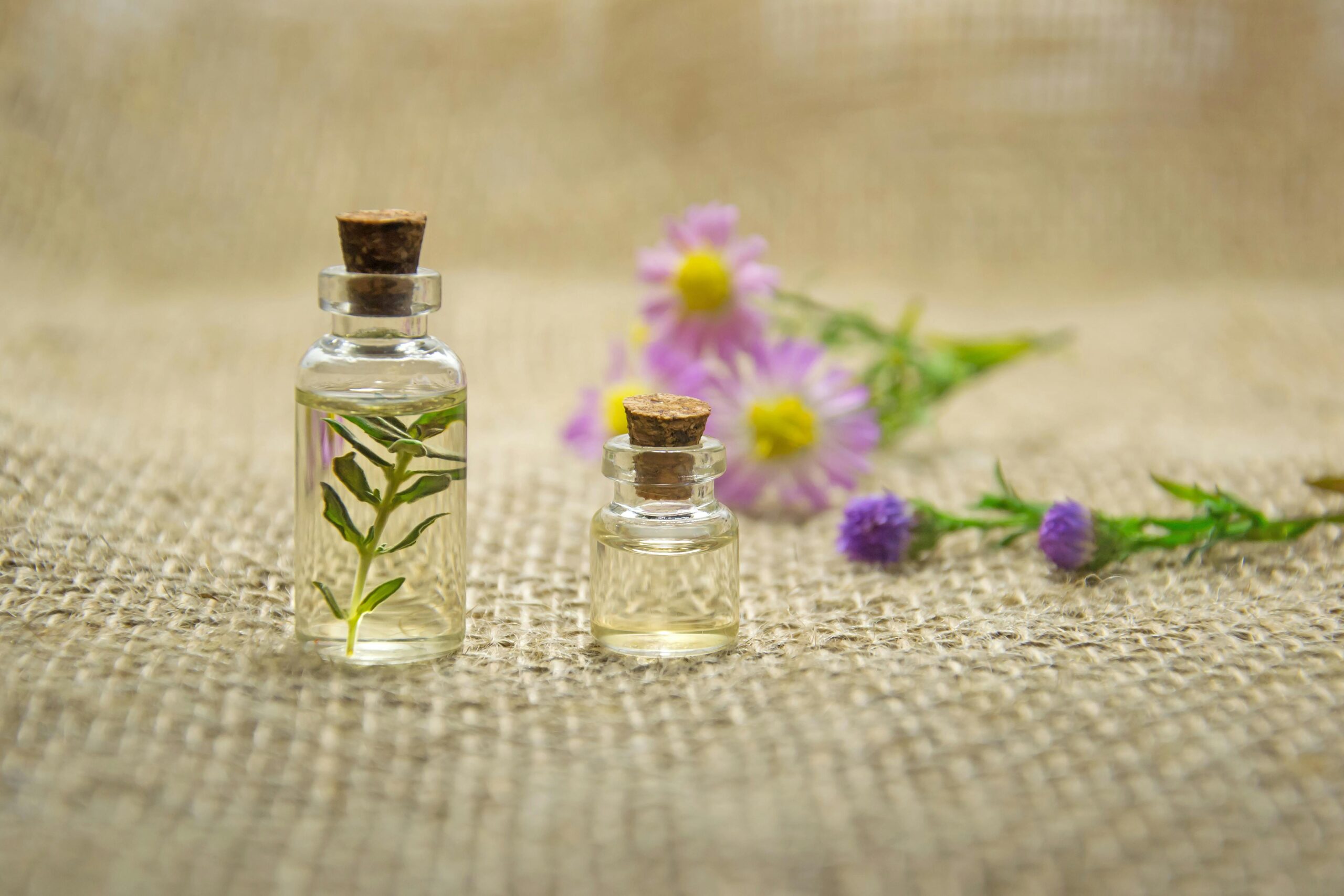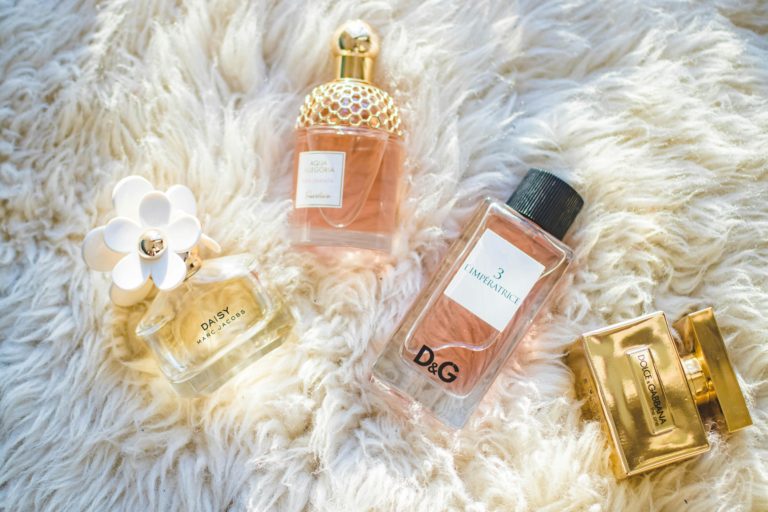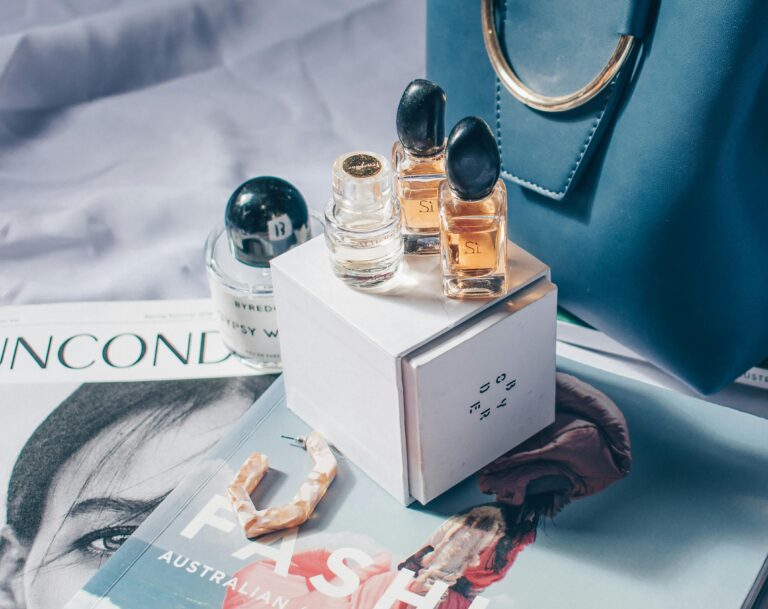Creating your own natural perfume is a delightful way to express your individuality and embrace a more personalized approach to fragrance. Store-bought perfumes can be expensive and often contain synthetic ingredients, but making your own allows you to choose exactly what goes into your scent. DIY natural perfume rollerballs are an excellent option for those looking to craft unique, eco-friendly fragrances at home.
In this guide, we’ll explore how to create personalized perfume rollerballs using essential oils and carrier oils.
Why Choose DIY Natural Perfume Rollerballs?
Crafting your own perfume rollerball offers several advantages:
- Customization: You control the scent profile, allowing for a unique fragrance that reflects your personality and preferences.
- Natural Ingredients: Avoid synthetic chemicals and artificial fragrances, opting instead for natural essential oils and carrier oils.
- Cost-Effective: DIY perfumes can be more affordable than high-end store-bought options.
- Eco-Friendly: Using natural ingredients and reusable rollerball bottles reduces environmental impact.
Essential Ingredients for DIY Perfume Rollerballs
To create your own natural perfume rollerballs, you’ll need a few key ingredients and supplies:
1. Carrier Oils
Carrier oils serve as the base for your perfume and help dilute the essential oils. They also help the fragrance last longer on your skin.
- Jojoba Oil: A popular choice for perfumes, jojoba oil closely mimics the skin’s natural oils and helps retain fragrance.
- Fractionated Coconut Oil: Lightweight and non-greasy, fractionated coconut oil blends well with essential oils and helps the scent last longer.
- Sweet Almond Oil: Known for its moisturizing properties, sweet almond oil provides a subtle nutty scent that can complement many essential oils.
2. Essential Oils
Essential oils are the heart of your perfume, providing the unique fragrance. You can choose from a wide range of oils based on your preferred scent profile.
- Top Notes: These are the first scents you smell and typically evaporate quickly. Examples include citrus oils like lemon or bergamot.
- Middle Notes: Also known as heart notes, these form the core of the fragrance and last longer than top notes. Floral oils like lavender or rose fall into this category.
- Base Notes: These are the longest-lasting scents and provide depth to the perfume. Examples include sandalwood, vanilla, or patchouli.
3. Rollerball Bottles
You’ll need small glass rollerball bottles to house your perfume. These bottles come with a rollerball applicator that makes it easy to apply the perfume to your skin.
How to Create Your Own Natural Perfume Rollerball
Crafting your own perfume rollerball is a simple process. Follow these steps to create a personalized scent:
1. Choose Your Scent Profile
Decide on the fragrance profile you want. Consider if you prefer floral, fruity, woody, or spicy scents. You can create a blend by combining top, middle, and base notes for a well-rounded perfume.
2. Mix Essential Oils
In a small glass container, blend your chosen essential oils. Start with a few drops of each oil and adjust according to your preference. A typical ratio might be 30% top notes, 50% middle notes, and 20% base notes.
3. Add Carrier Oil
Once you’re satisfied with your essential oil blend, add carrier oil to the mixture. Fill the rollerball bottle about 80% full with carrier oil, then add your essential oil blend.
4. Combine and Test
Put the rollerball cap on the bottle and shake well to combine the oils. Let the mixture sit for at least 24 hours to allow the scents to meld. Test the fragrance on your skin to ensure it meets your expectations. Adjust the essential oils if needed and let it sit again.
5. Apply Your Perfume
Apply the perfume to pulse points, such as your wrists, neck, and behind your ears. The warmth of your body will help diffuse the fragrance throughout the day.
DIY Natural Perfume Rollerball Recipes
Here are some DIY perfume rollerball recipes to get you started. Feel free to adjust the essential oil ratios to match your personal scent preferences.
1. Floral Elegance
Ingredients:
- 8 drops lavender essential oil
- 6 drops rose essential oil
- 4 drops chamomile essential oil
- 1 tablespoon jojoba oil
Instructions:
- Combine the essential oils in a small glass container.
- Add the jojoba oil and mix well.
- Transfer to a rollerball bottle and let it sit for 24 hours before using.
2. Citrus Burst
Ingredients:
- 10 drops lemon essential oil
- 8 drops orange essential oil
- 4 drops bergamot essential oil
- 1 tablespoon fractionated coconut oil
Instructions:
- Mix the essential oils in a glass container.
- Add the coconut oil and stir well.
- Pour into a rollerball bottle and allow to blend for at least 24 hours.
3. Woody Serenity
Ingredients:
- 6 drops sandalwood essential oil
- 6 drops cedarwood essential oil
- 4 drops patchouli essential oil
- 1 tablespoon sweet almond oil
Instructions:
- Blend the essential oils in a glass container.
- Add the sweet almond oil and mix thoroughly.
- Transfer to a rollerball bottle and let it sit for a day before use.
4. Spicy Warmth
Ingredients:
- 8 drops cinnamon essential oil
- 6 drops clove essential oil
- 4 drops vanilla essential oil
- 1 tablespoon jojoba oil
Instructions:
- Combine the essential oils in a small glass container.
- Add the jojoba oil and mix well.
- Pour into a rollerball bottle and let it rest for 24 hours before applying.
Tips for Successful DIY Perfume Rollerballs
- Start Small: Begin with small batches to avoid waste. You can always adjust the recipe and make more if needed.
- Test and Adjust: Scent preferences can be subjective. Test your perfume and adjust the essential oils until you achieve your desired fragrance.
- Label Your Bottles: Keep track of your creations by labeling your bottles with the date and scent profile.
- Store Properly: Store your perfume rollerballs in a cool, dark place to preserve the essential oils and extend the life of your perfume.
Conclusion
Creating your own natural perfume rollerballs is a rewarding and creative way to enjoy personalized scents. By using essential oils and carrier oils, you can craft unique fragrances that reflect your personality and preferences. The process is simple, cost-effective, and allows you to avoid synthetic ingredients found in commercial perfumes. Whether you’re making a floral, citrus, woody, or spicy scent, DIY natural perfume rollerballs offer a customizable and eco-friendly alternative to store-bought options.
FAQs
1. How long does DIY perfume last?
DIY perfume can last up to 6 months to a year if stored properly in a cool, dark place. The longevity of the fragrance may vary based on the essential oils used and how well the perfume is preserved.
2. Can I use any essential oils in my perfume?
While most essential oils can be used in perfumes, some may be too strong or irritating for the skin. Always perform a patch test before using a new essential oil and avoid using oils that are known to be photosensitive, like citrus oils, in high concentrations.
3. How do I adjust the scent of my DIY perfume?
If the scent is too strong or too weak, adjust the essential oil concentrations. Add more drops of a particular oil to enhance the scent or dilute it with additional carrier oil if the fragrance is too intense.
4. Can I use DIY perfume on my skin?
Yes, DIY perfume can be applied to the skin, but it’s essential to use skin-safe essential oils and conduct a patch test to check for any allergic reactions or sensitivities.
5. How often should I reapply my DIY perfume?
The frequency of reapplication depends on the strength of your perfume and personal preference. Most DIY perfumes may need to be reapplied every 4-6 hours, as natural perfumes can fade more quickly than synthetic ones.
6. Can I use a different type of oil for my perfume rollerball?
Yes, you can use various carrier oils like jojoba, sweet almond, or fractionated coconut oil. Choose one based on your skin type and preference. Each carrier oil can slightly alter the scent and texture of your perfume.



